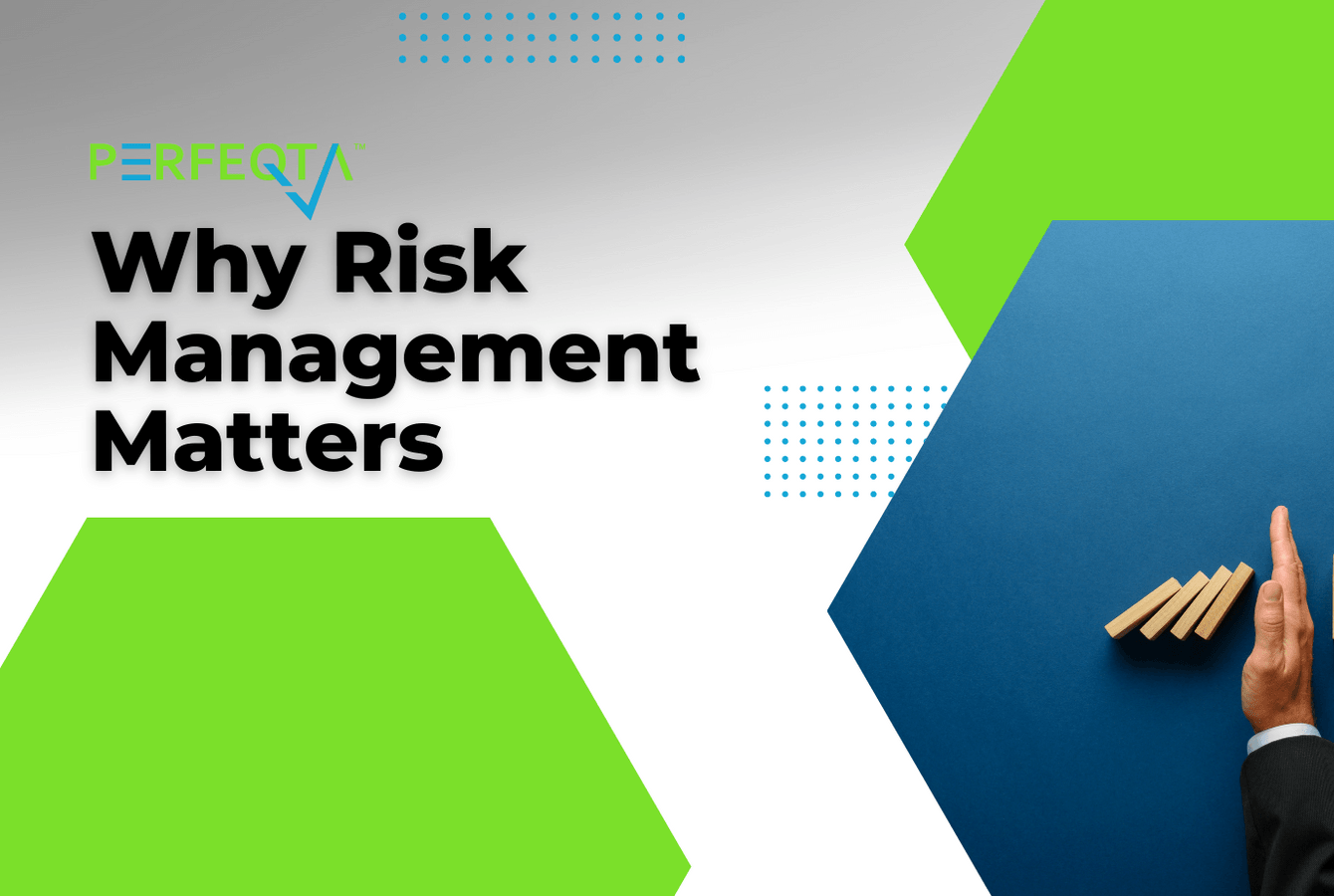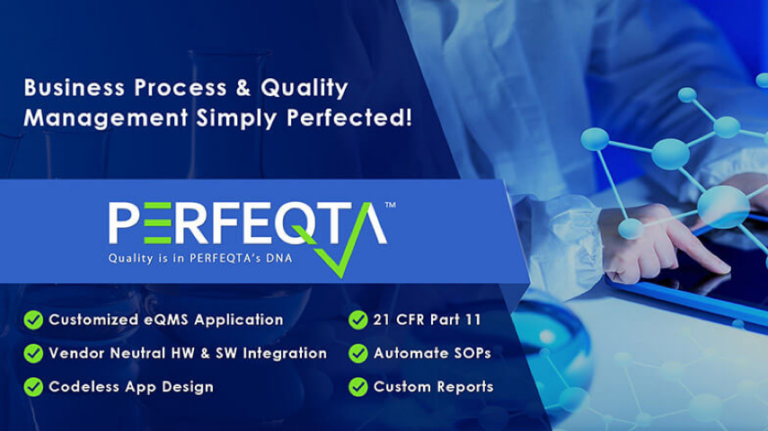Why Risk Management Matters


Risks abound. Right now, various risks threaten your organization. Difficult compliance environments, security (including cyber), legal liabilities, and environmental exposure are just a few. The challenges are near endless, and the threats are constant. However, with proactive risk management, you can mitigate threats, protecting stakeholders and your company.
Risk management refers to identifying and assessing risks, then taking steps to eliminate or at least control them. Well-designed management programs protect customers, employees, finances, leaders, and more from threats. Fail to craft a sound management program, and your organization and its stakeholders may suffer.
Let’s take a deeper look at threats and how they can be mitigated.
What Are Threats and Risks Anyway?
What constitutes a risk? These can vary from organization to organization and industry to industry. Hospitals, for example, must contend with stringent HIPAA regulations, and even seemingly minor violations may result in hefty fines. Meanwhile, an Oil and Gas company is likely more worried about environmental regulations and fluctuating commodity prices.
The stakes continue to increase. Regulators strive to protect citizens, and in doing so, they may clamp down hard on leaders and firms. Further, international trade and globalized footprints now expose organizations to threats at home and across the world.
Without proper risk management programs, companies could be exposed to grave threats, including punitive fines, complicated court cases, and even financial insolvency.
When designing a risk management program, understanding where risks come from helps. Let’s take a look.
Breaking Down Common Risks
Threats emerge from many quarters, and organizations will need to closely consider their industry and operating environment. Still, a risk management program often starts with identifying the most common risks, including:
Hazards: Environmental risks, such as oil spills and wildfires, are considered hazards. In healthcare, hazards include exposure to germs, chemicals, needles, blood, etc.
Regulatory: Many organizations operate under complex regulatory regimes that protect citizens, the environment, employees, etc. Failing to adhere to regulatory requirements can result in fines, legal cases, and other issues.
Strategic: Organizations work in incredibly complicated and fast-changing environments. Recessions, unsound acquisitions, new market entrants, and many other developments present strategic risks.
Operational: Cyberattacks, hardware failures, supply chain woes, and other issues may produce operational threats.
Financial: Organizations face myriad financial risks, including rising prices for necessary supplies, fluctuating currencies and loan rates, and the overall performance of financial markets.
The above covers many of the most common and significant risks, but the list is far from exhaustive. Therefore, each organization must examine its unique position. A proper management system safeguards against threats, potentially eliminating them and lessening damage in worst-case scenarios.
Risk management is best approached holistically. If an organization closely monitors financial risks but fails to account for operational threats, say cyberattacks, they may lose millions to hackers. That once sparkling balance sheet could end up dragged through the mud.
Given how grave the dangers are, leaders must be proactive and craft risk governance strategies in advance.
Proactively Managing Risks Protects Your Organization
Risk management provides knowledge and allows companies to plan. As threats emerge and impact organizations, sound contingency planning speeds up responses and produces better outcomes.
Without a system in place, you may fail to identify factors that pose a threat. And should an organization end up exposed, leaders will often lack the needed information to coordinate an effective response? All the while, poor responses expose companies to further risks and dangers.
As a result, organizations may have to shut down operations, ceding space to better-prepared rivals. As a result, stock prices and donations could plummet, profits/net assets might dry up, and market share could contract. But, more importantly, employees and other stakeholders could end up hurt or worse.
Setting up a risk management plan and adequately identifying threats offers a great start. However, organizations should also work with software service providers, contractors, and other stakeholders that take risk mitigation and security seriously. Ultimately, external partners who fail to manage risks properly could undo your company’s efforts, so selecting the right collaborators is vital.
The takeaway? Organizations must proactively manage threats and mitigate risks to ensure stability. Failing to do so arguably equates to failing your company.
How We Can Help!
With PERFEQTA you can set a strong foundation that can help keep your business in compliance with regulatory requirements set by the FDA, Environmental Protection Agency, and more. No matter your industry, our software can protect your data, comply with HIPAA, keep equipment maintenance on schedule, and even create smart notifications that can alert you to the development of potential risks. Reach out to schedule a demo and learn more about how we can help protect your business.






